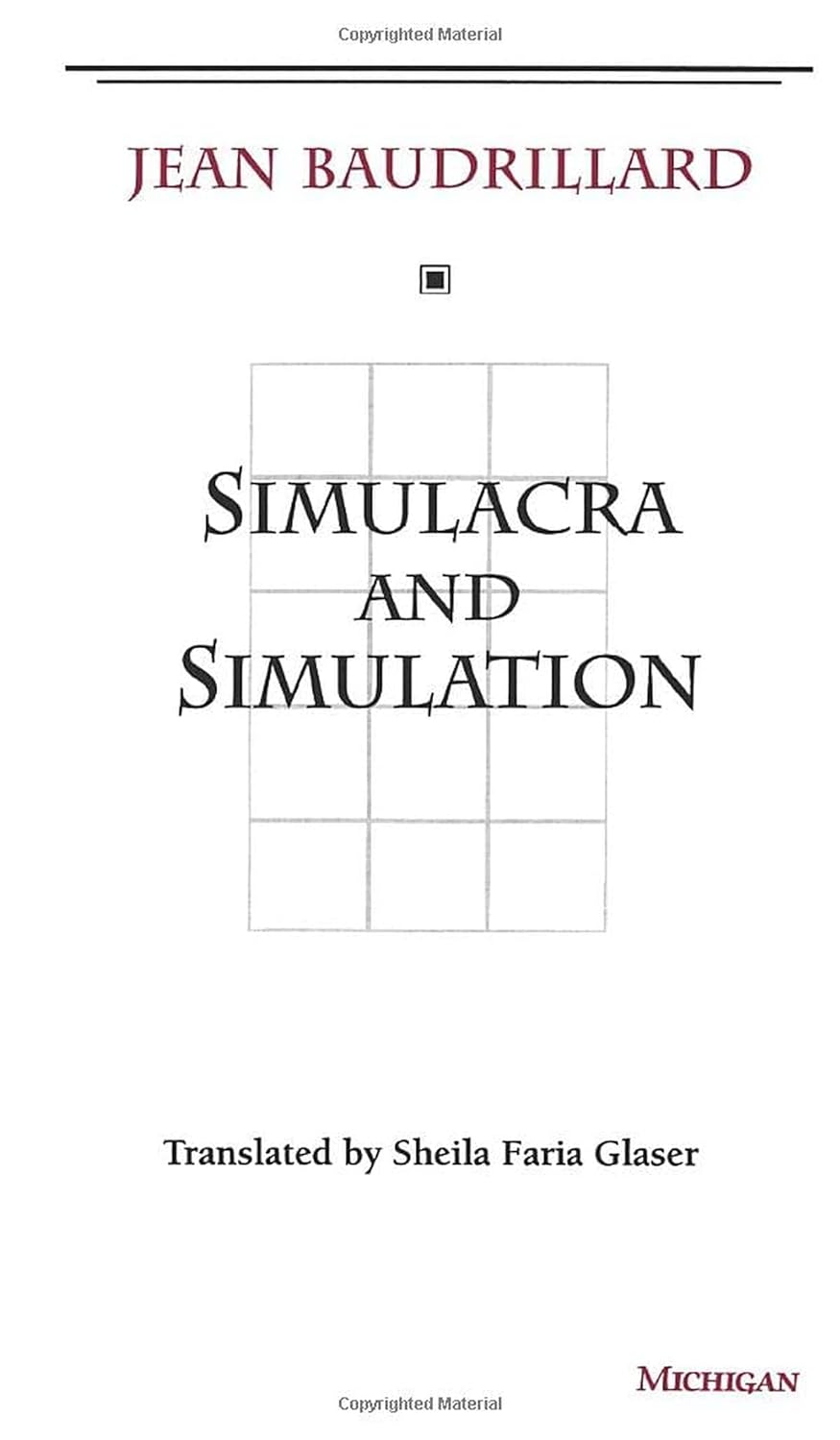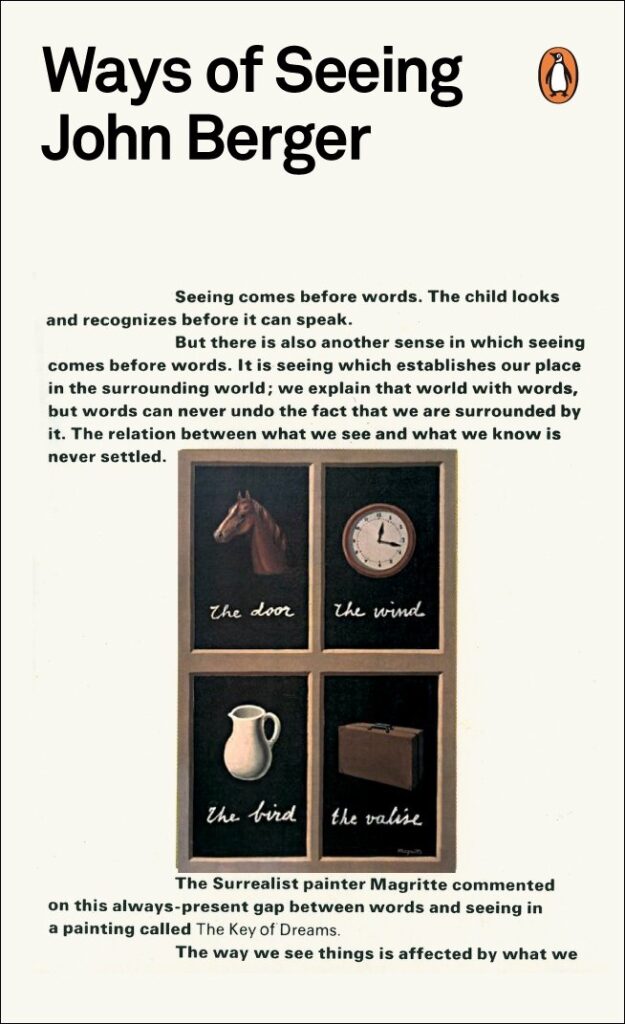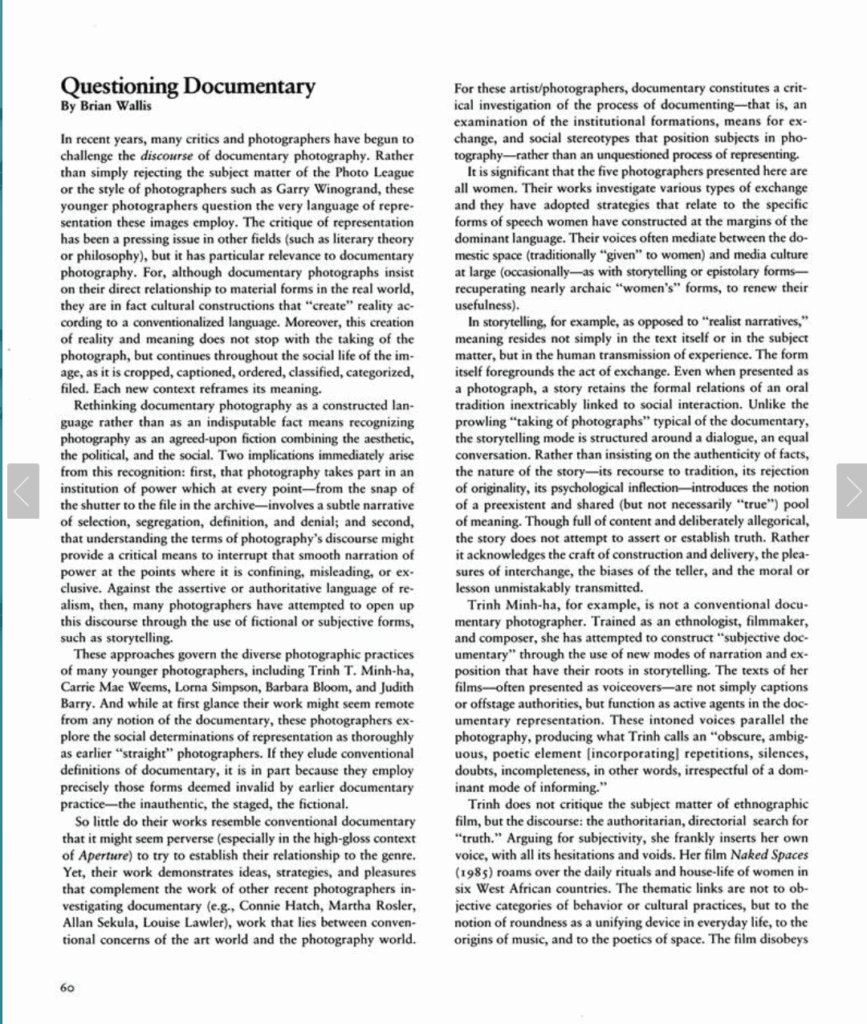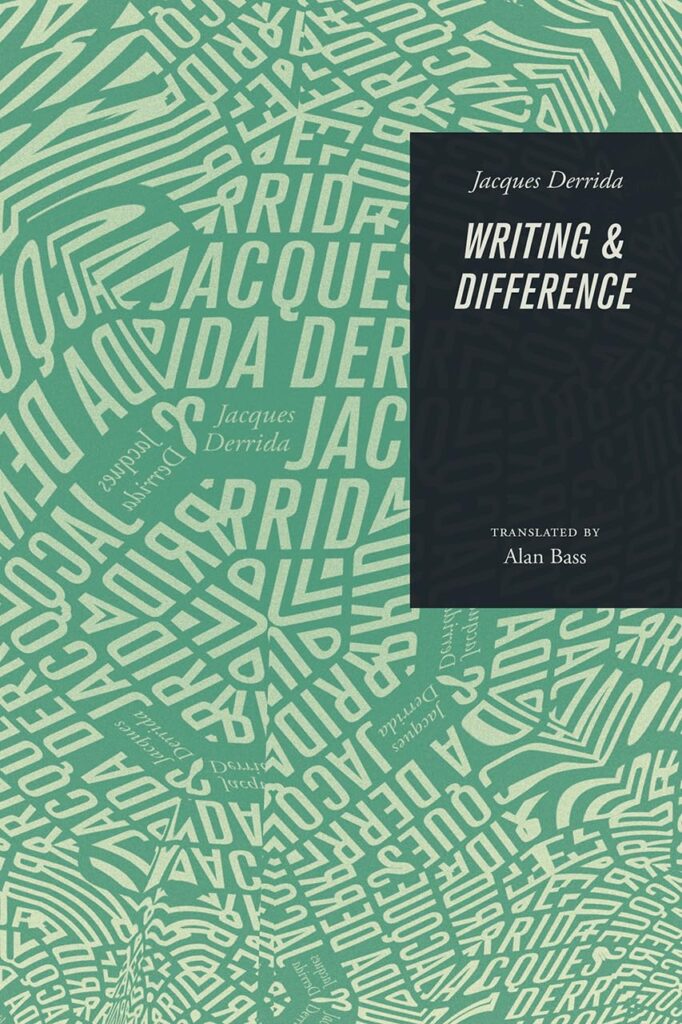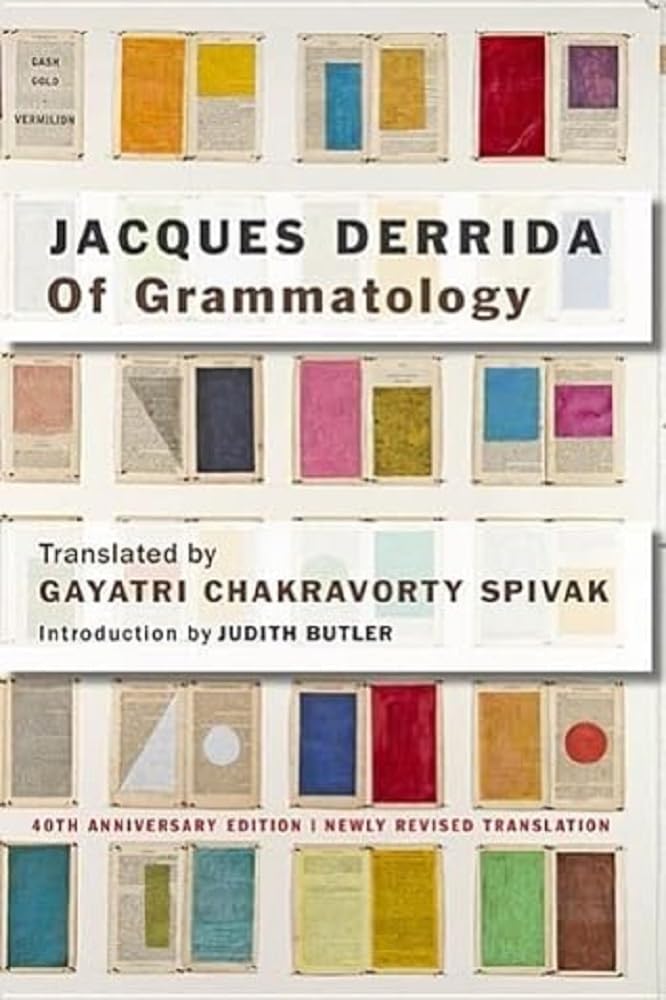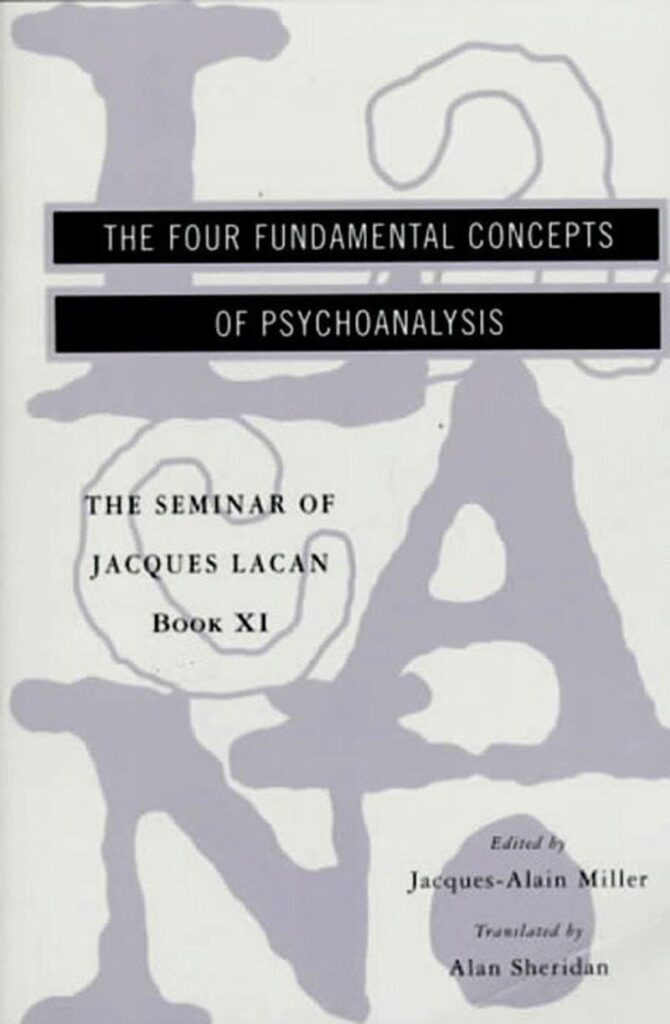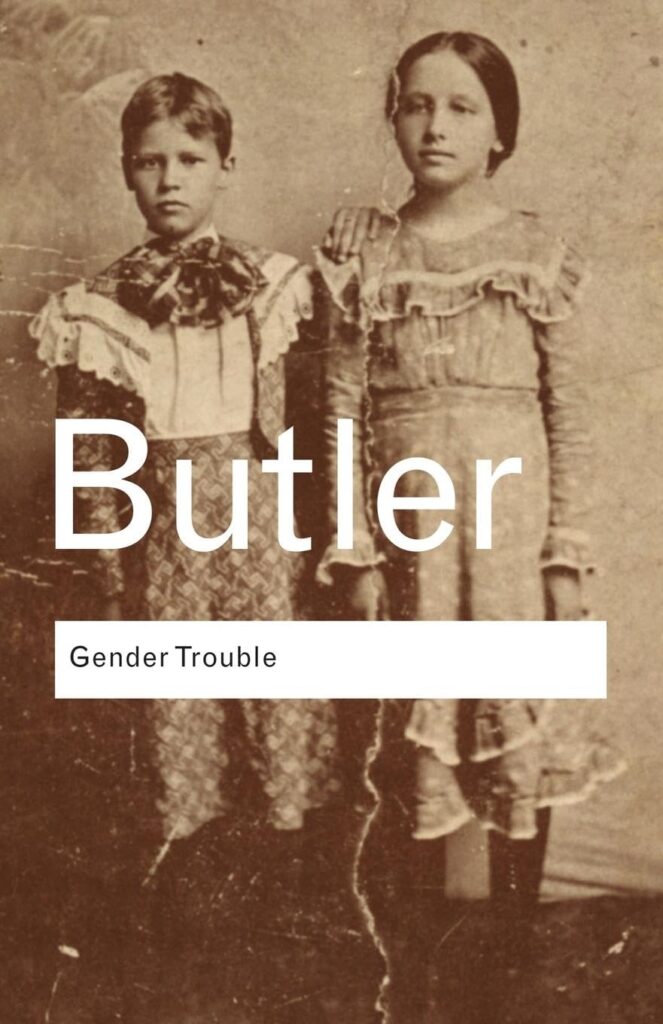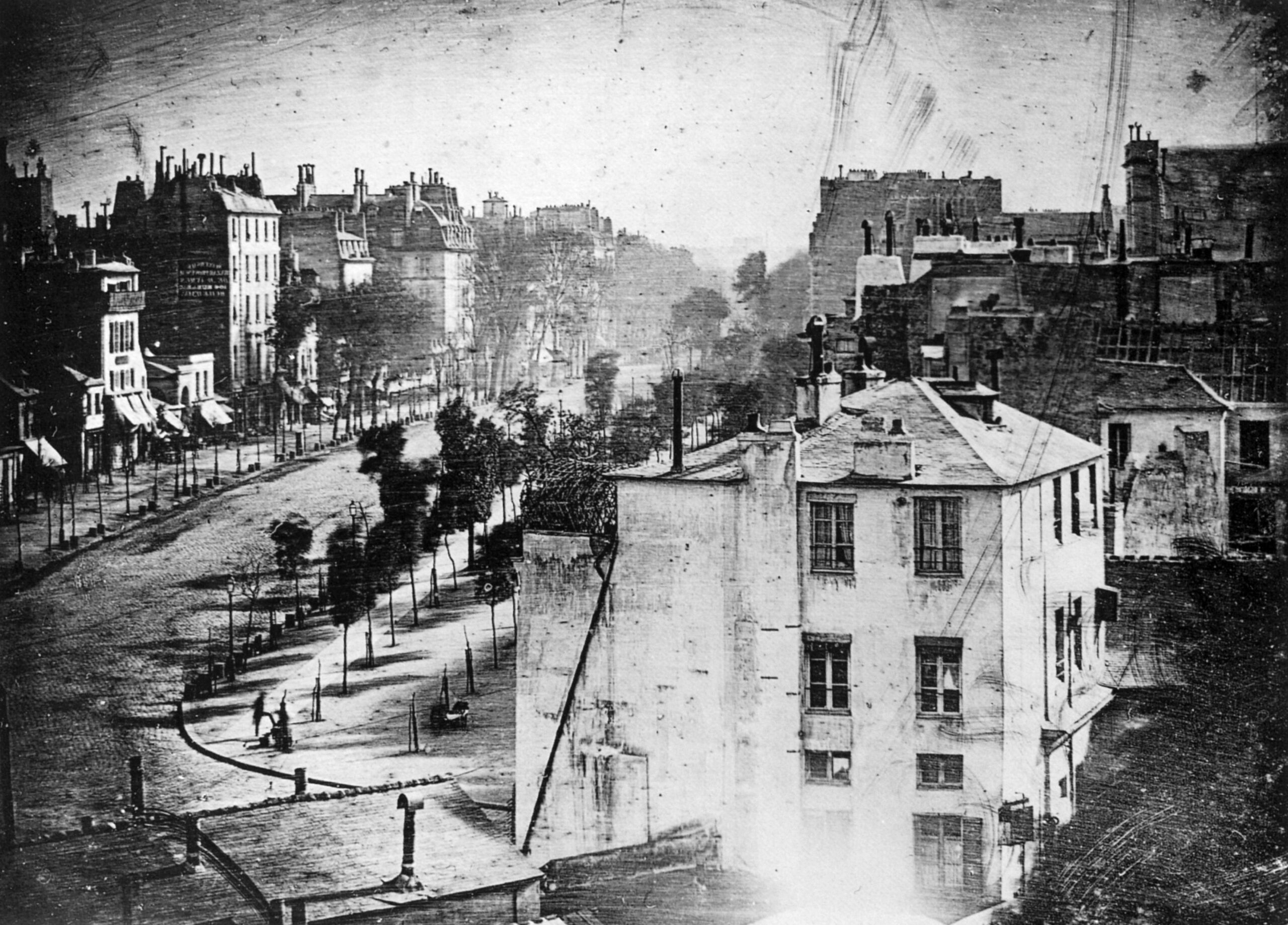Why I Reject the Pretense of Documentary Neutrality
Neutrality is a myth. Every photograph is already a construction. It’s a comforting illusion to think otherwise.

Photography has long carried the burden of “truth.” From the FSA projects of the 1930s to the golden age of photojournalism, the camera has often been imagined as a neutral witness — an instrument of objectivity that records the world as it is. Even today, the expectation lingers that documentary and street photography should aspire to neutrality, that the photographer should disappear behind the image.
But neutrality is a myth. Every photograph is already a construction.
The simple act of raising a camera breaks neutrality: framing, timing, and distance decide what is included and excluded; light dramatizes or conceals; editing arranges a narrative after the fact. To pretend otherwise is to hide behind a mask of objectivity. As Jean Baudrillard argued, images do not simply mirror reality — they simulate it. A photograph is never the thing itself, but a representation that reshapes the real. What appears to be a neutral document is already a simulacrum — a copy without an original. Rather than deny this under the guise of some delusional moral pretense, I choose to embrace it. I choose to embrace transparency instead.
What appears to be a neutral document is already a simulacrum — a copy without an original.
I position myself as both participant and observer. Sometimes I interact with people, allowing their awareness of the camera to shape the moment; other times I remain peripheral, letting unconscious gestures surface before reflection takes over. Both approaches acknowledge what Jacques Lacan called the gaze — the unsettling recognition of being seen, and the way this awareness alters behavior. The photograph becomes a record not of unmediated reality but of the tension between performance and instinct, between how we want to appear and what slips through unconsciously. This is not a rejection of honesty but of pretense.

The supposed neutrality of documentary photography often masks power dynamics: the idea that the photographer’s perspective is invisible, that their images simply “show” the world. But as Jacques Derrida reminds us, meaning is never fixed — it is always deferred, always shifting through what he calls différance. A photograph doesn’t secure truth; it opens a play of interpretations, shaped by the encounter between photographer, subject, and viewer.
Meaning is never fixed — it is always deferred, always shifting.
Street photography, in particular, thrives on this instability. Public space is a stage where people continuously perform identity, consciously and unconsciously. The richest photographs emerge when that performance collides with instinct — when self-presentation falters or transforms under the pressure of being seen. Pretending the photographer is invisible only flattens this complexity. Acknowledging the presence of the camera instead reveals urban life as a living archive of gestures, codes, and negotiations.
Public space is a stage where people continuously perform identity, consciously and unconsciously.
By rejecting neutrality, I aim to expose this interplay rather than disguise it. The photograph becomes a site of encounter: my gaze meeting the subject’s, the subject’s gaze meeting the camera, and later, the viewer’s gaze meeting the finished image. Meaning is not delivered but produced in that collision — unstable, contingent, and alive.

Documentary neutrality is a comforting illusion. But for me, photography is most alive when it abandons that illusion and embraces its own constructed nature. In this space of uncertainty, photographs invite us not to consume reality as fact but to question how it is staged, mediated, and performed. They remind us that seeing is never passive, that the act of looking is itself part of what is being looked at.
Documentary neutrality is a comforting illusion. But for me, photography is most alive when it abandons that illusion and embraces its own constructed nature.
Only when we abandon the fantasy of neutrality can photography show us not the world “as it is,” but the fragile, unstable ways we create and dismantle meaning together. It is in this tension — between performance and instinct, presence and absence, truth and simulation — that photography becomes most vital. Not as a mirror of the real, but as a space where the real is constantly being negotiated, reimagined, and brought into being.

This is why I work the way I do. My photographs are less about fixing reality than about opening it — making visible the interplay of gazes, the negotiations of identity, the instability of public life. I want my images to linger in uncertainty, to resist easy consumption, and to remind the viewer that seeing is never neutral. By embracing the constructed nature of photography, I try to create work that doesn’t just document the world, but questions the very act of looking itself.
My photographs are less about fixing reality than about opening it.
This is the ground from which I continue to build my practice. Each photograph is an experiment in encounter — a way of testing how meaning emerges when subject, photographer, and viewer collide. My hope is that my images do not close down the world with a claim to truth, but instead open it up: to contradiction, to performance, to ambiguity. Because it is in that ambiguity — unstable, restless, alive — that I believe photography finds its deepest power.
Work Cited
Ideas and work that informed my thinking on this topic:
More Field Notes and Visual Culture & Theory
-
The Myth of Objectivity: How Press Photography Manufactures Reality
Reality was never the point. What we actually crave is credibility — the illusion that the world can still be known if we frame it just right.
-
Photography’s Long Battle for Artistic Legitimacy
Photography was born not in studios of painters but in laboratories. The medium’s first practitioners were chemists, astronomers, inventors, and entrepreneurs, tinkering with glass plates and light-sensitive chemicals.
